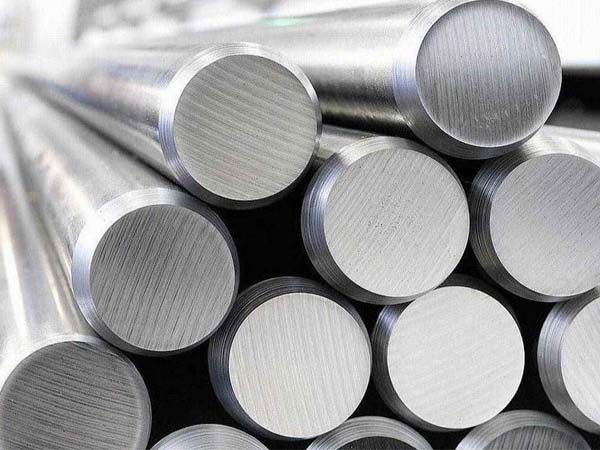





Phone
+86-731-82250427
Address
25th floor, C3 Building, Wanda Plaza, Kaifu District, Changsha, Hunan Province, China.
 May 24 2023
May 24 2023The corrosion-resistant steel was first developed 100 years ago when the effect of adding sufficient chromium in steel to the corrosion resistance of steel was studied. These early chromium-containing steels were very promising. They combined a bright appearance with outstanding corrosion resistance at the time. However, in practice, because they are not easy to perform hot and cold processing, and cannot be easily formed into bars, medium and thick plates, thin plates and other product forms required for the construction of industrial equipment, their use is limited. The above shortcomings are overcome by adding nickel to these chromium-containing steels. The addition of nickel greatly improves the processing properties of these steels and further improves their corrosion resistance.
The composition of this kind of non-rusting steel was established in the 1920s, which is the 18-8 that we are familiar with today, containing 18% chromium and 8% nickel. It was soon industrialized, and stainless steel became the main component of this kind of steel. Popular name. One of the first major applications of stainless steel was used as the Art Deco spire of the Chrysler Building in New York in 1929. This 320-meter-high building has an upper 88-meter stainless steel clad. Today, more than 80 years later, this minaret is still one of the most exquisite landscapes in the city. It captures and reflects the ever-changing sun's rays, becoming a strong testament to the longevity and visual appeal of stainless steel.
The application of 18-8 stainless steel expanded significantly in the 1930s. As the excellent corrosion resistance and maintenance-free characteristics of stainless steel against a variety of corrosive media have been continuously understood by people, some important markets have begun to open up to stainless steel.The first industries to take advantage of new materials include petrochemicals, electric power, and food processing. And storage, transportation, and construction. With the accumulation of practical experience and the growth of confidence, the scope of application of stainless steel has been steadily expanded.
The use of stainless steel was further expanded during World War II, and the post-war period was a period of rapid growth. The growth momentum comes first from the structural adjustment and modernization of traditional industries, followed by the advent of new technologies, as well as the increasing attention of people around the world to living standards, health maintenance and environmental issues. All of these require the use of high-quality building materials that can ensure safety, can be used without failure for a long time, and do not decrease in performance. The minimum maintenance required. And stainless steel has exactly these characteristics required.
There are many grades of chromium-nickel stainless steel that can meet specific needs, but the basic 18-8 type stainless steel (304 or UNS30400) is still used far more than any other new grade of stainless steel.304 stainless steel has good corrosion resistance and easy cleaning. It has the ability to withstand heat and severe cold. Its strength, toughness and processing properties make it a standard material for various uses, such as petrochemical equipment, food and beverage processing equipment, medical equipment, roads and Rail transportation, pulp and paper equipment, liquefied natural gas storage and transportation equipment, nuclear industry facility components, pharmaceutical equipment, building facades and roofs, household kitchen equipment and street landscape facilities.
When the service conditions of the facility are very harsh, one or more specific grades of stainless steel can be used to obtain better performance. For example,316 stainless steel (UNS S31600) is widely and successfully used in marine facilities under corrosive chloride conditions. The use of appropriately alloyed stainless steel can meet specific requirements such as superior corrosion resistance, better workability and weldability, maximum strength/weight ratio or good cold workability. Recommendations on how to choose the most suitable grade can be obtained from stainless steel manufacturers or the International Nickel Institute.
